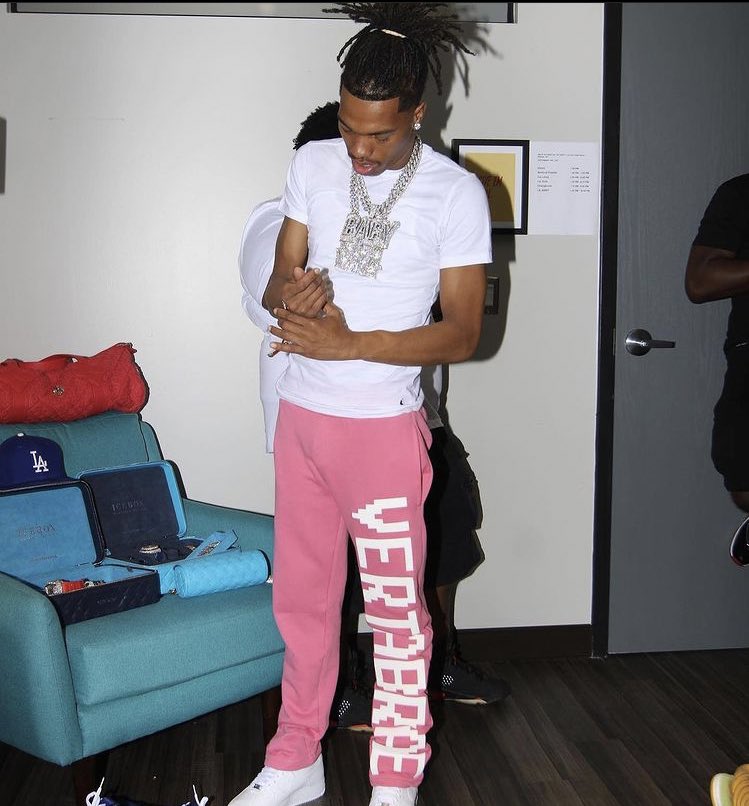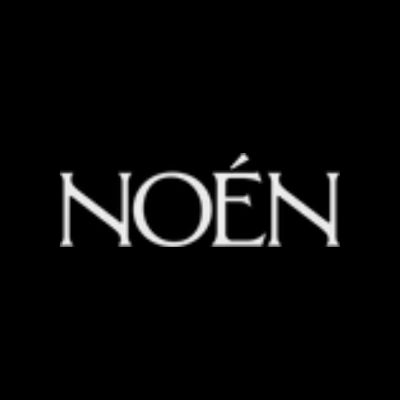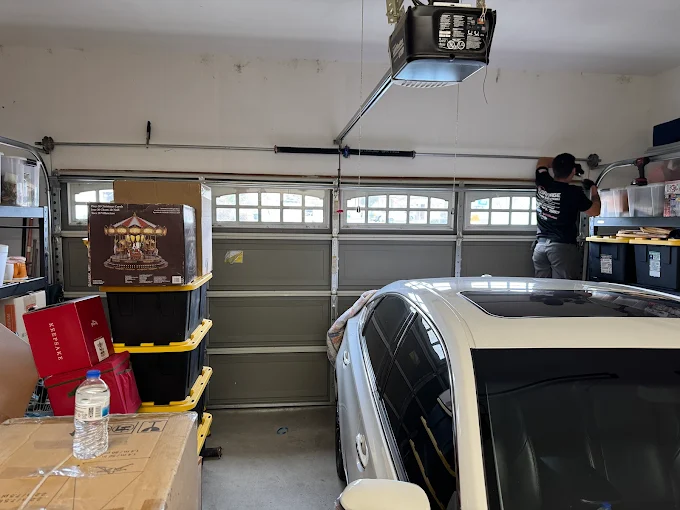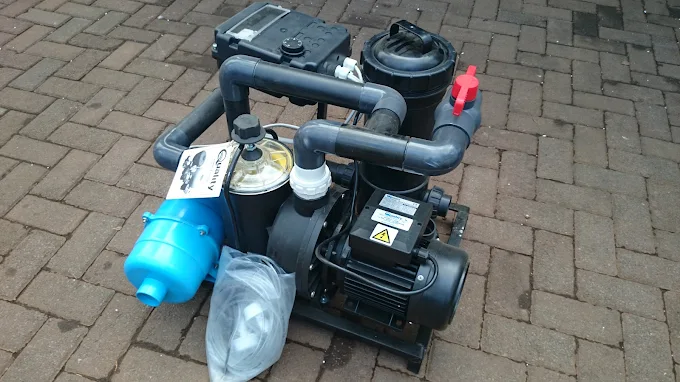
Dubai’s museum sector has embraced advanced technologies to preserve and share its cultural legacy. Among these technologies, 3D printing has emerged as a powerful tool for replicating historical textiles and carvings.
These replicas help museums educate the public, support restoration efforts, and make fragile artifacts accessible without risking the originals. In Dubai, where innovation meets heritage, the replication of historical textiles and carvings is a blend of precision scanning, careful modeling, and advanced printing techniques suited for delicate detail.
Importance of Replicating Historical Textiles and Carvings
Historical textiles and carvings are key parts of Dubai’s heritage. They reflect the region’s craftsmanship, trade history, and aesthetic values. Textiles often include woven patterns, embroidery, or symbolic motifs. Carvings may appear on wooden doors, plaster walls, or stone panels. Many of these items are centuries old and cannot be handled or displayed outside controlled environments.
3D printing Dubai allows museums to create lifelike copies that can be used in exhibitions, education, or conservation studies. The original artifacts remain safe in storage or protected displays, while the replicas are shared with local and international audiences.
Scanning Historical Artifacts with Precision
The first step in replicating textiles and carvings with 3D printing is scanning. Museums in Dubai use various techniques based on the surface, size, and detail of the object. For carvings, structured light scanning or laser scanning is often used. These methods capture tiny grooves and raised patterns found in wood, stone, or plaster.
For textiles, photogrammetry is more common. This involves taking hundreds of photographs from different angles. The software then stitches these images into a high-resolution 3D model. It can capture fabric folds, thread patterns, and surface texture. Infrared imaging may also be used to highlight faded or hidden embroidery.
Creating the Digital 3D Model
Once the scan is complete, the data is turned into a 3D digital model. This model must be cleaned and edited to remove noise or errors caused by dust, lighting, or surface wear. Skilled technicians at Dubai’s museums collaborate with digital artists and engineers to refine the model.
For historical carvings, missing parts may be digitally reconstructed. This is often guided by historical research or similar artifacts. For textiles, the model may include both surface shape and color information to ensure an accurate print.
Choosing the Right Printing Technology
Dubai’s museums select printing technologies based on the object’s material and level of detail. For hard-surfaced carvings, printers that use resin, sandstone, or composite filaments are often chosen. Resin printers can capture fine details like wood grain or carved inscriptions.
For textiles, flexible printing materials are used. Thermoplastic polyurethane (TPU) or similar flexible filaments can mimic the feel of fabric. While these prints don’t always replicate the full softness of cloth, they are useful for demonstrating shape, design, and embroidery patterns. Some museums even use multi-material printers that combine hard and soft elements in one model.
Color and Texture Considerations
Replicating historical textiles or carvings is not just about shape. Color and surface texture are also important. Many 3D printed replicas in Dubai museums are post-processed to match the original artifact more closely.
Color mapping from the scanned model can guide painting or dyeing of the print. Some printers also support full-color printing based on texture files. For carvings, surface treatments such as staining or weathering can add realism. For textiles, painted patterns or heat-transferred motifs are added to give visual depth.
Display and Educational Use
3D printed replicas of textiles and carvings are used in many exhibitions across Dubai. They are often placed alongside digital displays showing how the original was made or used. Visitors can touch the replicas, take photos, or even use augmented reality to explore how the object might have appeared centuries ago.
This approach supports hands-on education, especially for school groups. Students can feel the weave of an old fabric or trace the patterns of Islamic calligraphy on a stone replica without risking damage to real pieces. This enhances learning and cultural appreciation.
Supporting Restoration and Documentation
Dubai’s museums also use 3D printed replicas in restoration projects. If a historic carving is damaged, the replica can guide artisans in repairing it. Similarly, if a textile fragment is incomplete, a digitally reconstructed model can show what the original piece may have looked like.
Replicas are also stored as part of digital heritage archives. If the original is ever lost or degraded, the museum has a reliable record of its shape and design. This is part of a growing effort in Dubai to preserve heritage using both physical and digital methods.
Collaboration and Innovation
The replication of textiles and carvings with 3D printing in Dubai is often a team effort. Museums collaborate with universities, design studios, and tech startups. These partnerships help combine historical expertise with the latest scanning and printing innovations.
The Etihad Museum, Al Shindagha Museum, and Dubai Culture and Arts Authority have all explored 3D printing in recent years. They are also looking into mobile apps, virtual tours, and interactive exhibits that use printed replicas to tell stories in new ways.
Future Directions
As printing materials and scanning accuracy continue to improve, the future of 3D printed heritage replication in Dubai looks promising. New methods may allow for softer textile prints, richer color reproduction, and faster production.
There is also interest in using artificial intelligence to reconstruct missing carvings or faded fabrics based on patterns from other objects. These AI-driven reconstructions, once printed, could give Dubai museums even greater tools to preserve and share the region’s cultural legacy.
Conclusion
Dubai’s museum sector uses 3D printing to replicate historical textiles and carvings with great precision. These replicas are scanned, modeled, and printed to reflect the shape, color, and texture of the originals.
They are used in exhibitions, education, restoration, and digital preservation. By blending tradition with modern technology, Dubai is ensuring that its heritage remains accessible and appreciated by future generations.




